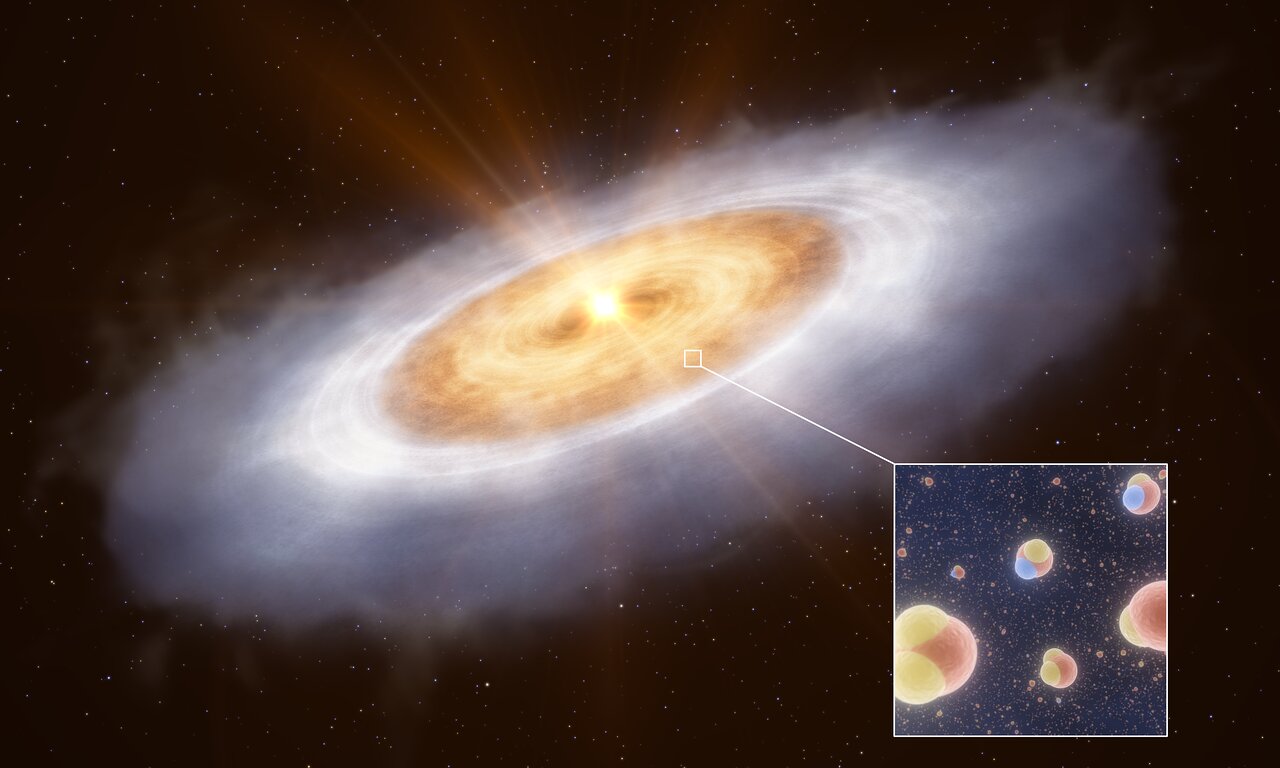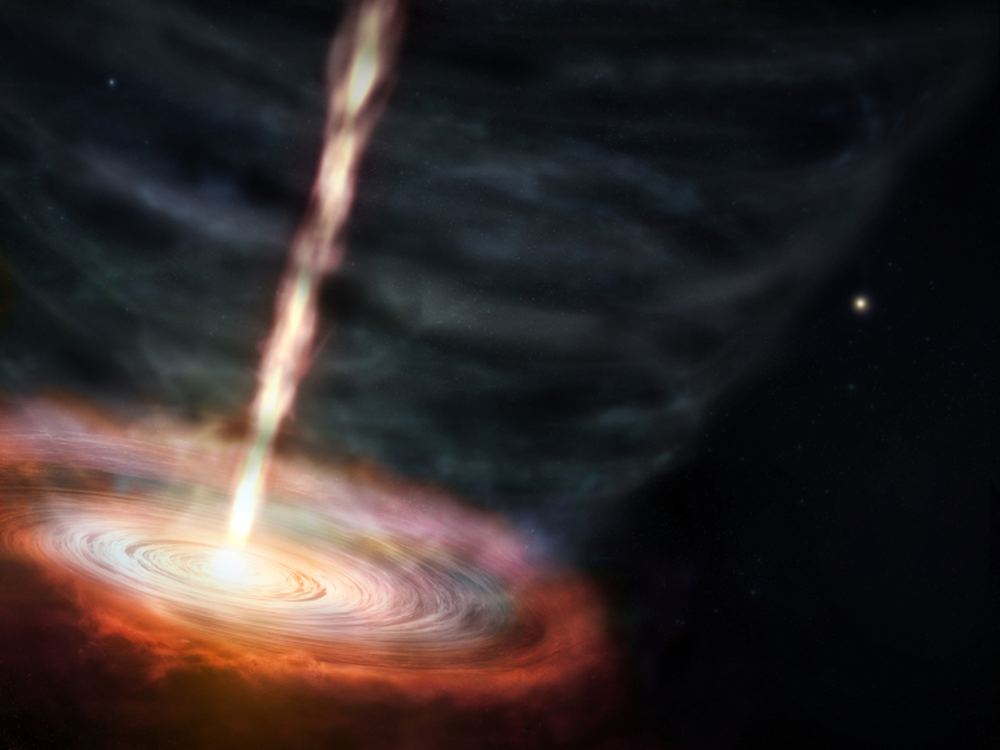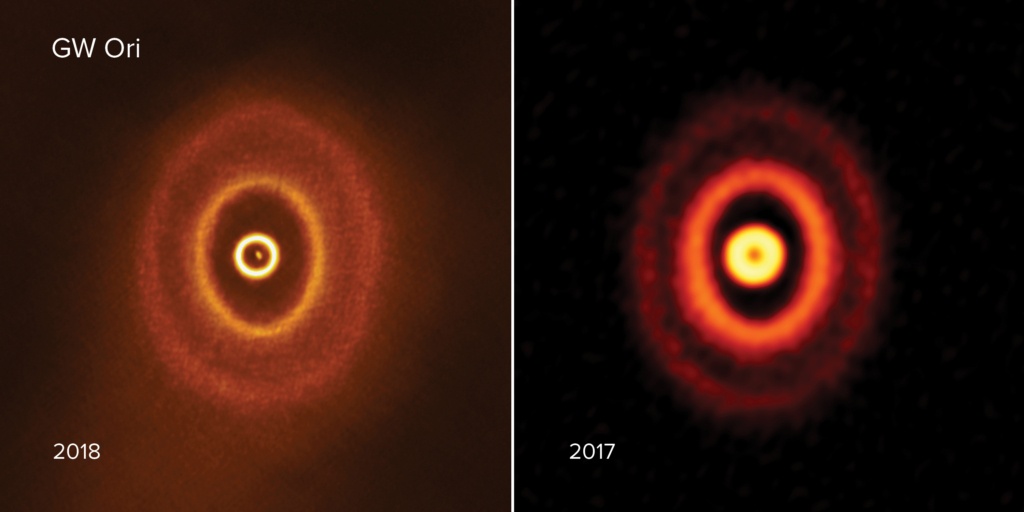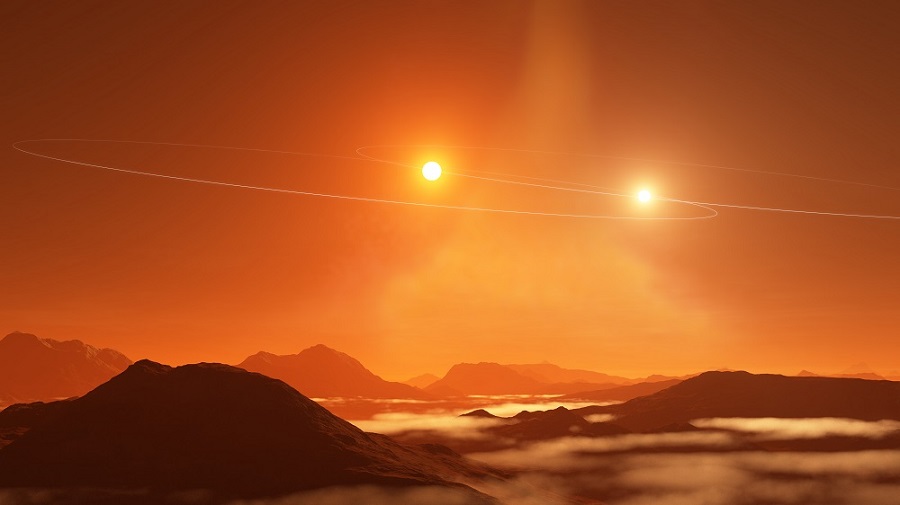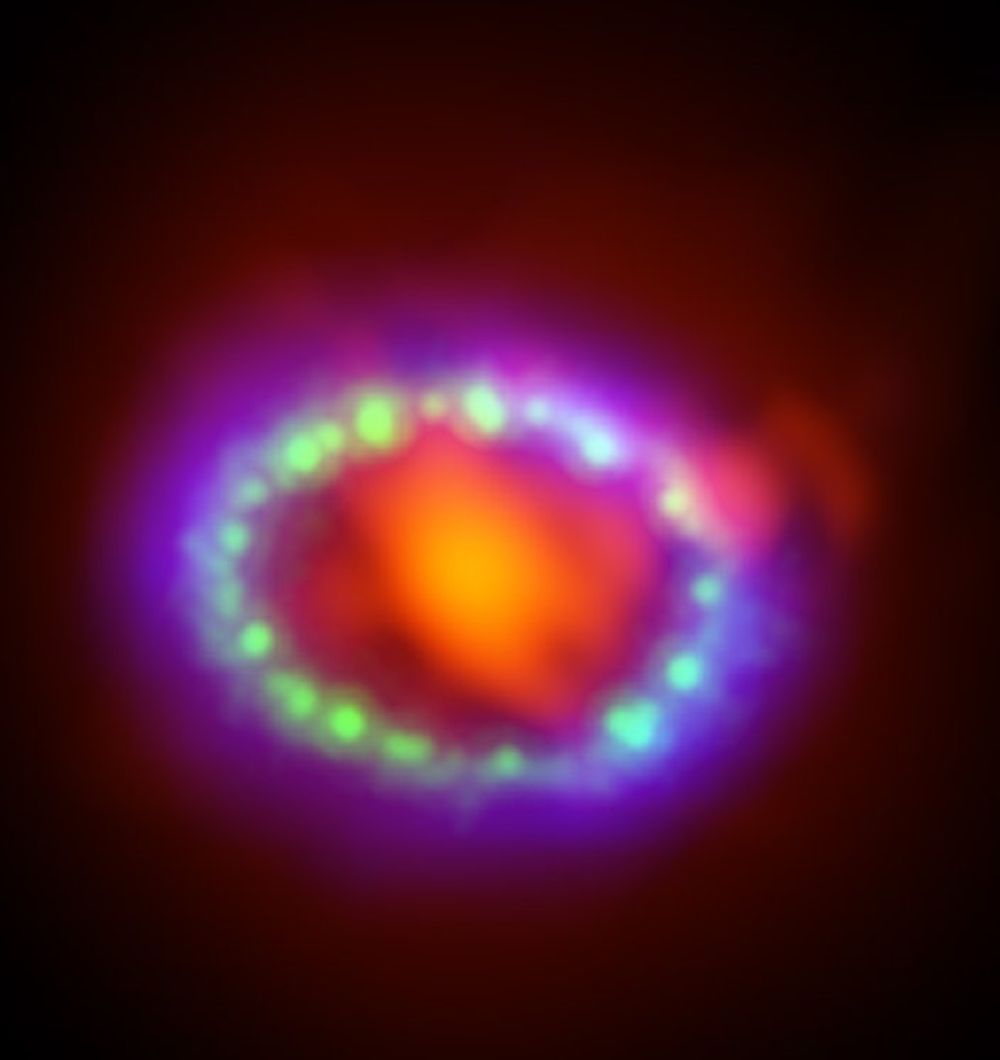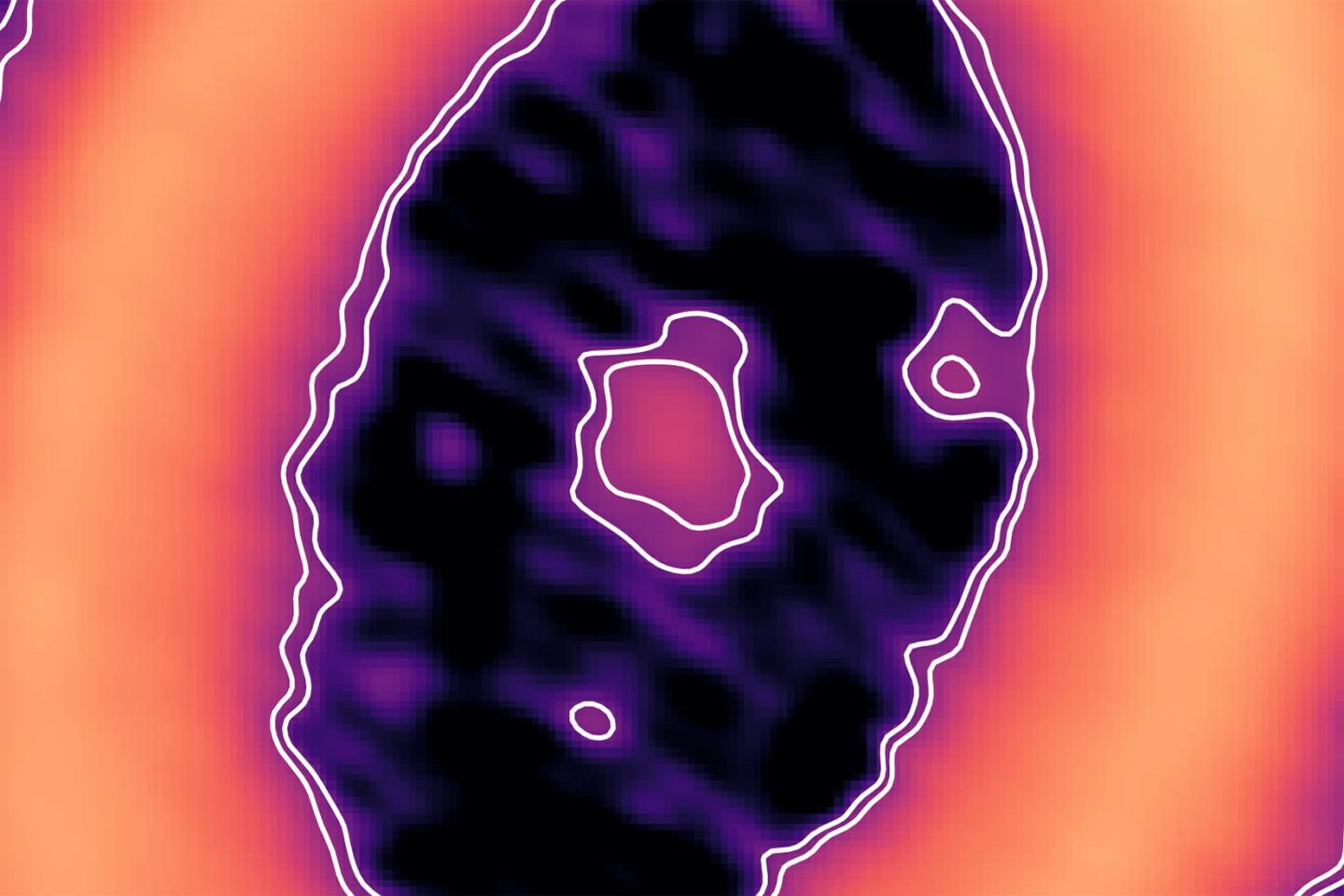The origins of Earth’s water is a complicated mystery that scientists have been untangling for decades. Life is impossible without water, so the origin of Earth’s life-giving water is a foundational question. As the power of our telescopes grows, researchers have made meaningful headway on the question.
Previous research uncovered links between Earth’s water and the Solar System’s comets and icy planetesimals. But newer research follows the chain back even further in time to when the Sun itself had yet to form.
Continue reading “Water’s Epic Journey to Earth Began Before the Sun Formed”
